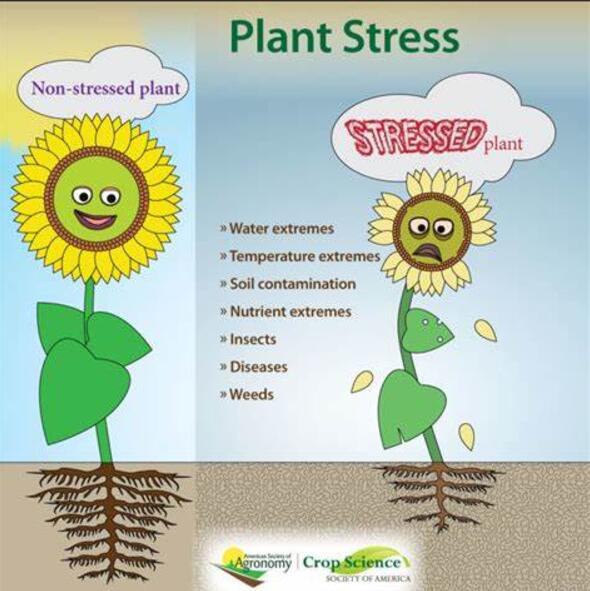Genome-wide analysis of the TsBLH gene family reveals TsBLH4 involved the regulation of abiotic stresses by interacting with KNOX6 in Toona sinensis
IF 6.8
Q1 PLANT SCIENCES
引用次数: 0
Abstract
BLH1-like homeobox (BLH) transcription factors are widely distributed in plants and are a subfamily of the three-amino-acid loop extension (TALE) family. They play pivotal roles in plant growth and development processes and mediate plant responses to abiotic stress. However, recent studies on the function of BLHs have primarily focused on model plants or crops. Here, we identified 21 BLH members in the genome of Toona sinensis. The BLH gene family was divided into five subfamilies, each exhibiting variations in exon-intron distribution and motif composition. TsBLH genes exhibited tissue-specific expression, with all genes responding to salt or osmotic stresses. Notably, TsBLH4 was highly expressed in xylem and leaves and was strongly induced by both salt and osmotic stresses in leaves. Additionally, TsBLH4 is a nuclear protein that physically interacts with TsKNOX6, which is localized in the nucleus and the cytomembrane. The transient expression of TsBLH4 and TsKNOX6 genes in leaves of T. sinensis resulted in increased sensitivity to salt and enhanced tolerance to osmotic stress. These results provide a theoretical basis for the involvement of the BLH gene family in abiotic stress responses in plants.
求助全文
约1分钟内获得全文
求助全文
来源期刊

Plant Stress
PLANT SCIENCES-
CiteScore
5.20
自引率
8.00%
发文量
76
审稿时长
63 days
期刊介绍:
The journal Plant Stress deals with plant (or other photoautotrophs, such as algae, cyanobacteria and lichens) responses to abiotic and biotic stress factors that can result in limited growth and productivity. Such responses can be analyzed and described at a physiological, biochemical and molecular level. Experimental approaches/technologies aiming to improve growth and productivity with a potential for downstream validation under stress conditions will also be considered. Both fundamental and applied research manuscripts are welcome, provided that clear mechanistic hypotheses are made and descriptive approaches are avoided. In addition, high-quality review articles will also be considered, provided they follow a critical approach and stimulate thought for future research avenues.
Plant Stress welcomes high-quality manuscripts related (but not limited) to interactions between plants and:
Lack of water (drought) and excess (flooding),
Salinity stress,
Elevated temperature and/or low temperature (chilling and freezing),
Hypoxia and/or anoxia,
Mineral nutrient excess and/or deficiency,
Heavy metals and/or metalloids,
Plant priming (chemical, biological, physiological, nanomaterial, biostimulant) approaches for improved stress protection,
Viral, phytoplasma, bacterial and fungal plant-pathogen interactions.
The journal welcomes basic and applied research articles, as well as review articles and short communications. All submitted manuscripts will be subject to a thorough peer-reviewing process.
 求助内容:
求助内容: 应助结果提醒方式:
应助结果提醒方式:


